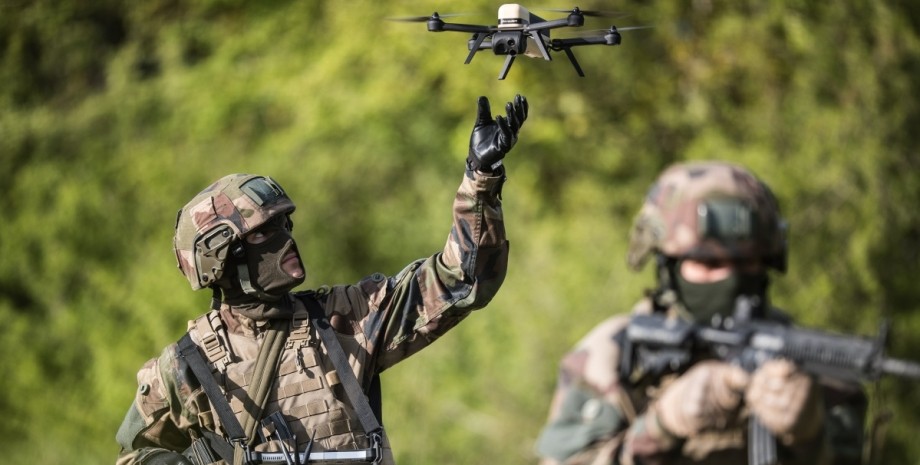
 By Natali Moss
By Natali Moss
He drew attention to the quality of the image - the frequency of frames when approaching the ground exceeded 60 FPS. UAV also uses unusual telemetry. "This is a difficult connection. But the details will be different," the Russian said. The video was commented on the Ukrainian specialist in the field of radio technologies Sergey Beskrestnov (Sergey Flesh). He confirmed that the occupiers use FPV-punks with a digital video transmission channel.
According to him, the mentioned personnel were filmed in the Kursk region of the Russian Federation. The expert suggested that the enemy will apply drones with control and transfer of video through the fiber cable. Later, the Russian Telegram-channel "Voenny Zavvedosti" specified that the video recorded the work of the new FPV-Drone "Prince Vandal Novgorod" or abbreviated "Vandal" in the Kursk region of the Russian Federation.
The Russian confirmed that the drone is controlled by fiber optic cable. According to him, UAV stores the signal until the moment of contact with the purpose, but has restrictions on range and flight routes. We will remind, in March Ukrainian servicemen found FPV-Dron with a thin cable coil with a total length of 10 kilometers, the end of which was unwound in the air. It was reported that such a UAV can transmit a quality picture and against it powerless any remedy.
That same month, the Ukrainian company "Dronaryna" reported that she created a shock drone "Bandryk-Strichka", connected to the operator with a thin fiber-optic cable. Experts noted that in addition to a number of advantages, drones on the cable "leash" have their disadvantages. UAVs can be confused in their own cable or confused in any objects on the ground.










All rights reserved IN-Ukraine.info - 2022